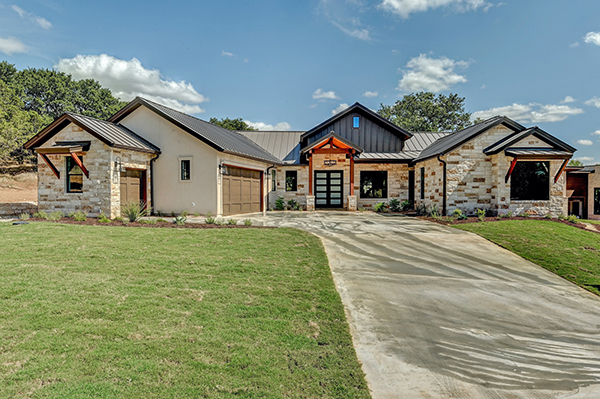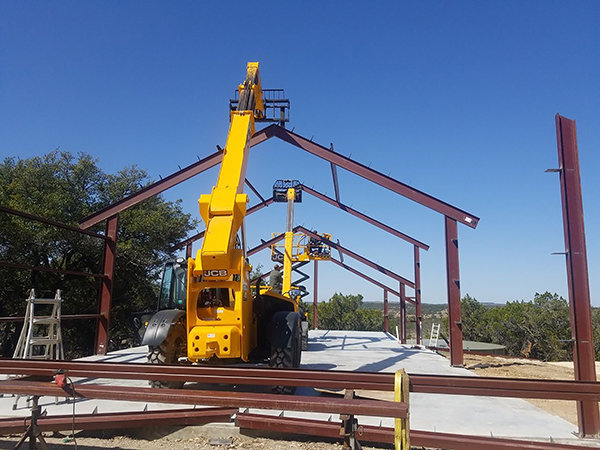At Anderson Construction Group, we don’t just build homes; we craft homes for the future. Our commitment to excellence in luxury home construction goes hand-in-hand with our dedication to sustainable and eco-conscious practices. As we look ahead, “Homes for the Future” isn’t just a tagline—it’s our mission.
Firstly, luxury living has evolved over the years. Today, it’s not just about opulence and extravagance; it’s about living in harmony with nature while embracing the latest cutting-edge technology. A home for the future represents the pinnacle of this evolution, seamlessly blending high-end design, eco-consciousness, and the latest technological innovations.
Additionally, sustainability is at the core of our approach. We recognize that the homes of tomorrow must be environmentally responsible, reducing their carbon footprint while enhancing the quality of life for their occupants.
Our commitment to sustainable luxury includes:
Energy Efficiency: We employ advanced building techniques and materials to create homes that are highly energy-efficient. From solar panels to smart home automation, our homes harness the latest and greatest ideas for sustainable living.
Green Building Materials: Our choice of materials prioritizes sustainability, utilizing eco-friendly options without compromising on quality or aesthetics.
What Does a Home for the Future Mean to Us?
These are smart homes in the truest sense: with the incorporation of cutting-edge technology into our designs, Anderson Construction Group works to enhance convenience, security, and energy efficiency. From integrated smart home systems to energy monitoring, our homes are built to make life easier while reducing environmental impact.
Furthermore, our commitment to luxury doesn’t stop at sustainable technology. Every Anderson Construction Group home is made to be a masterpiece of design and craftsmanship. From soaring ceilings to exquisite finishes, we create spaces that are a joy to live in.
Lastly, Anderson Construction Group’s, homes for the future are not just a vision; it’s our ongoing commitment. We invite you to join us in shaping the future of luxury living, where sustainability, technology, and uncompromising quality come together to create homes that are truly extraordinary.
For inquiries about our sustainable luxury home construction services, please contact Anderson Construction Group. Together, we can turn your vision of the future into a reality.
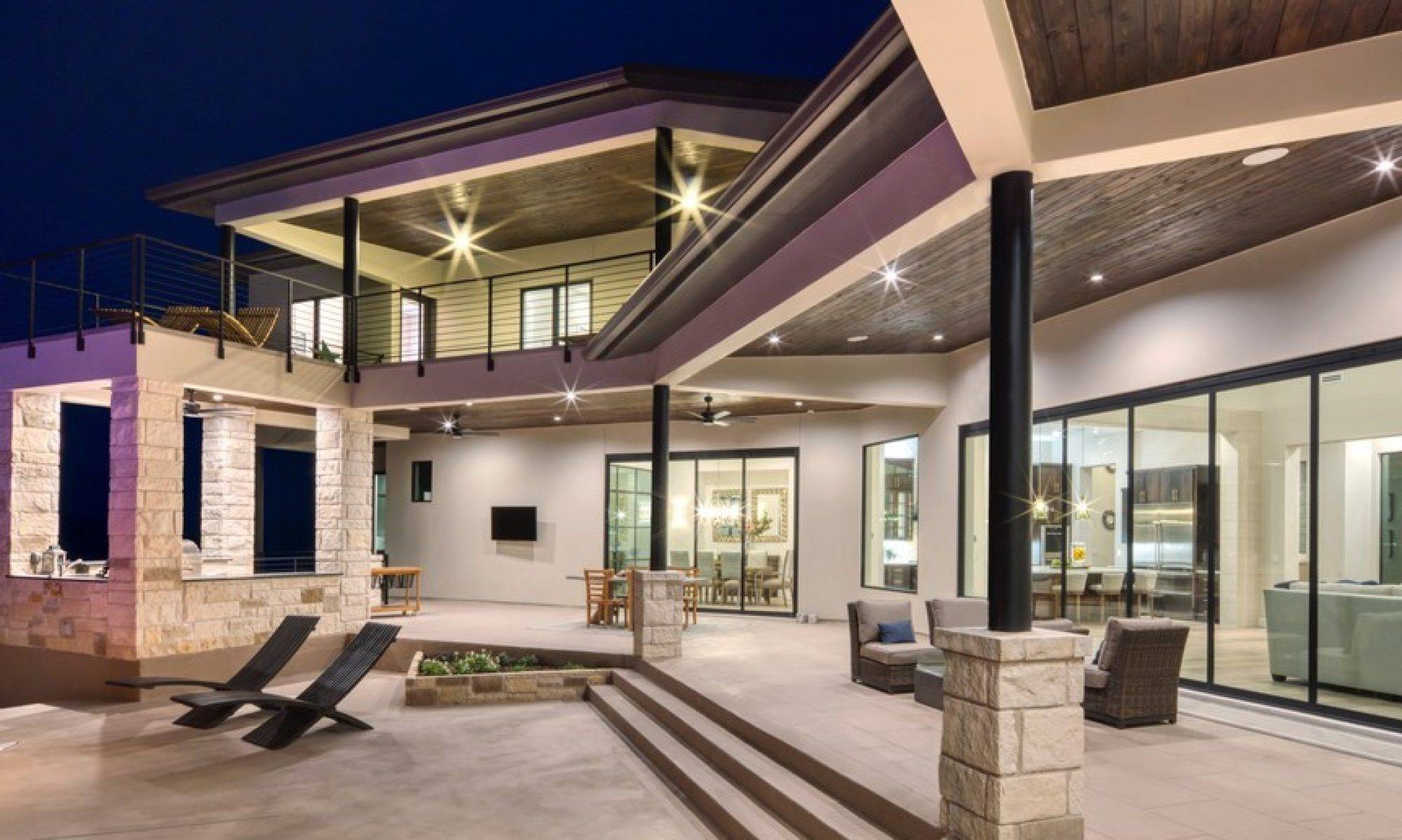







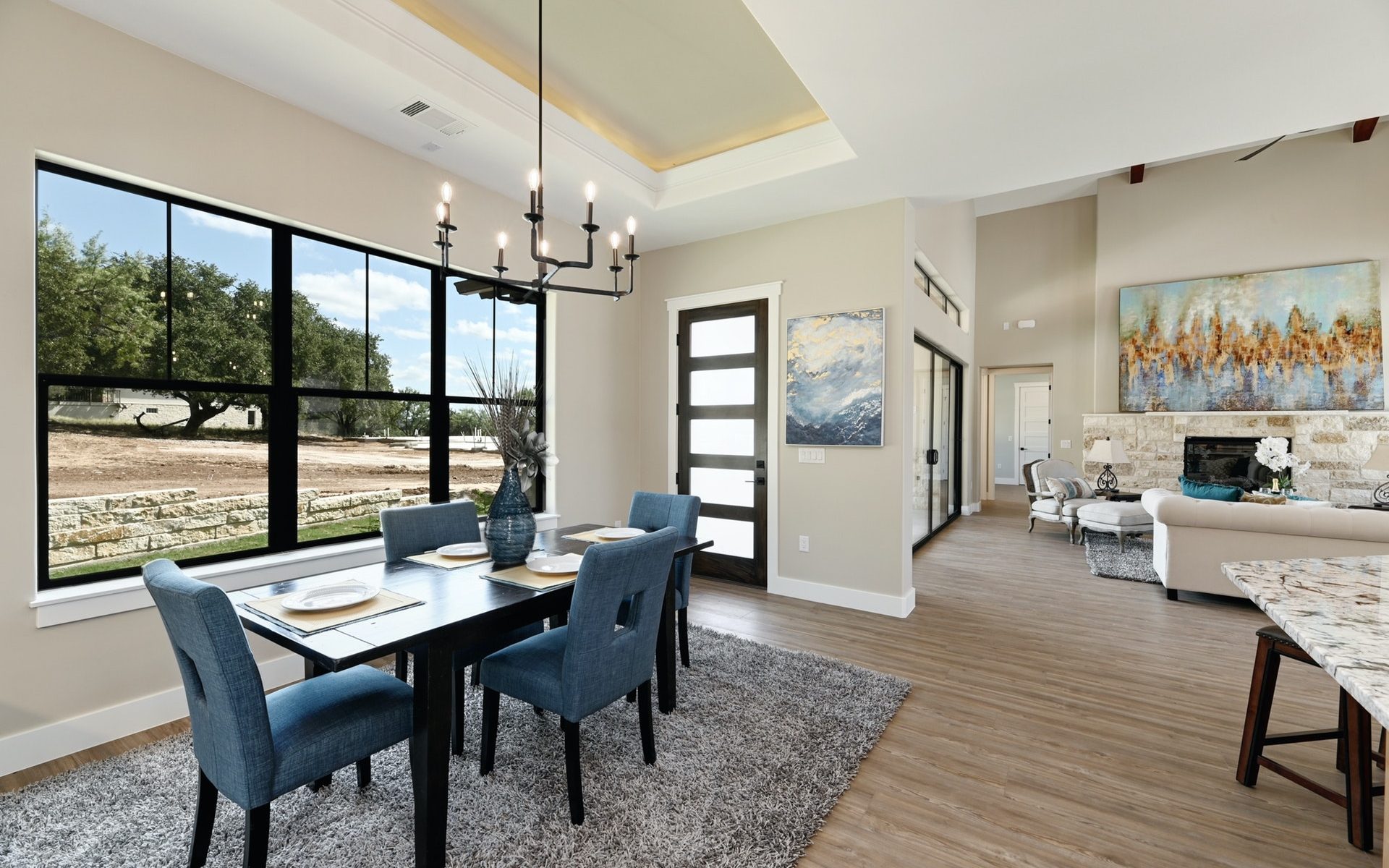

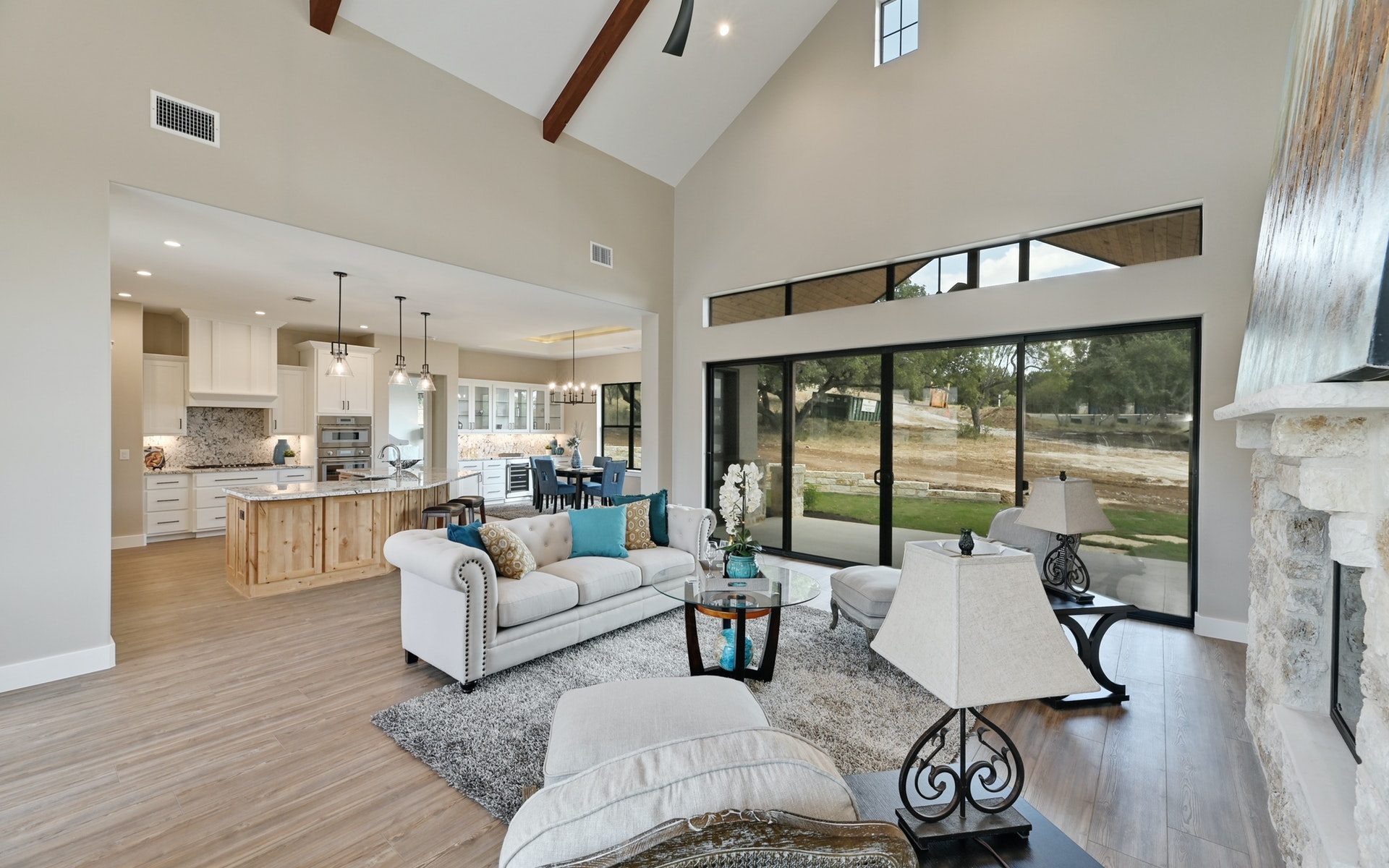



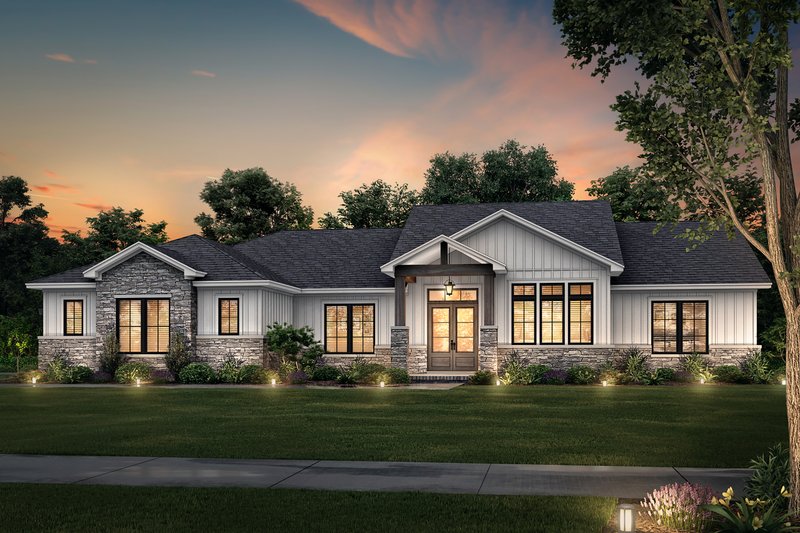

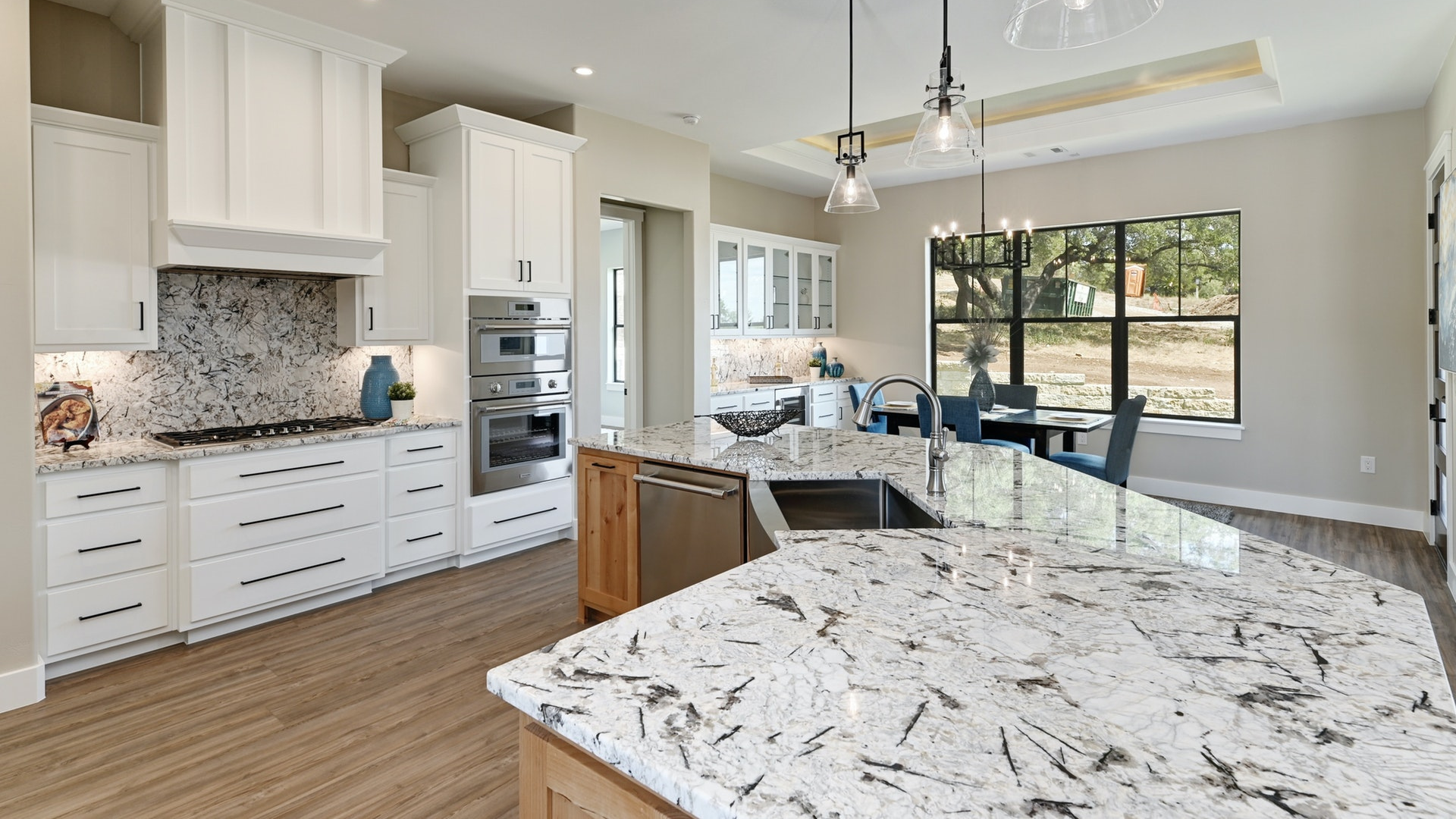
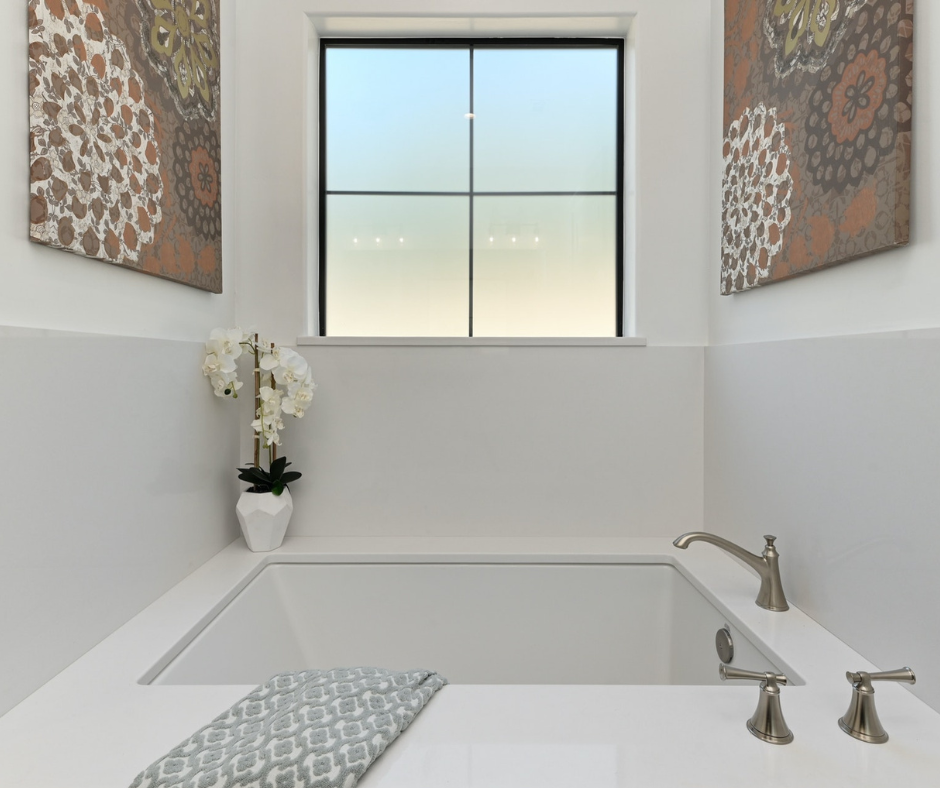
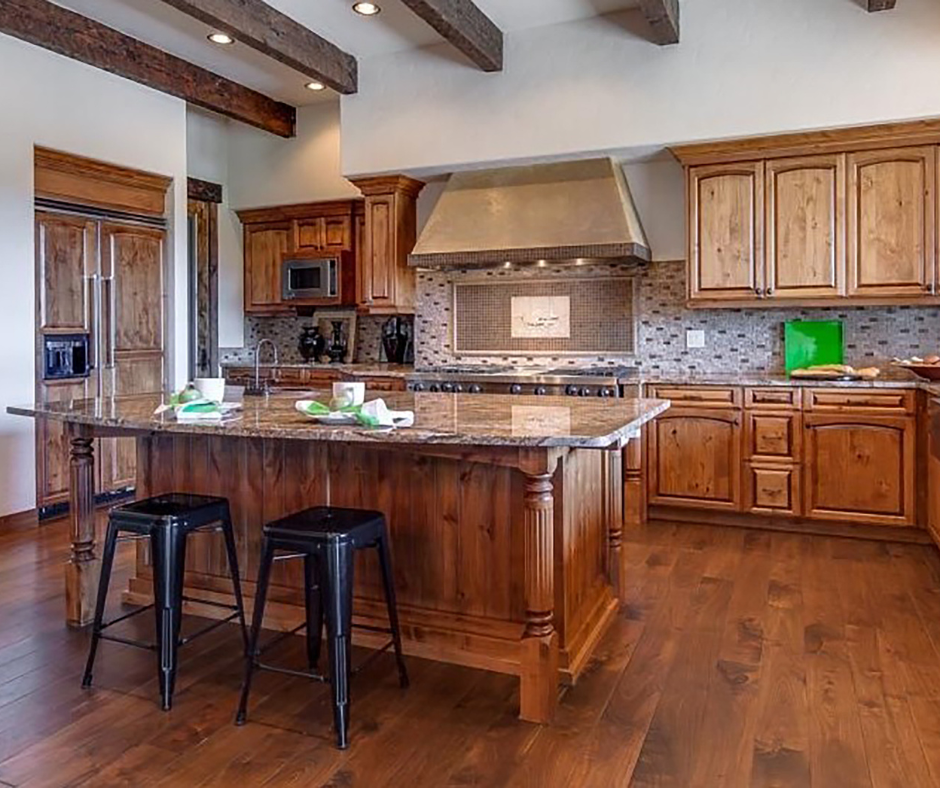
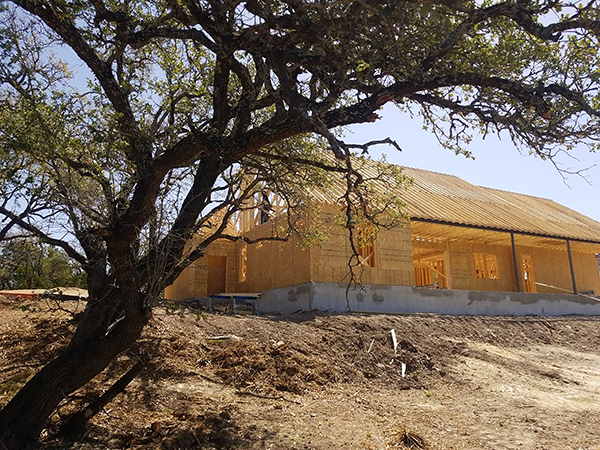
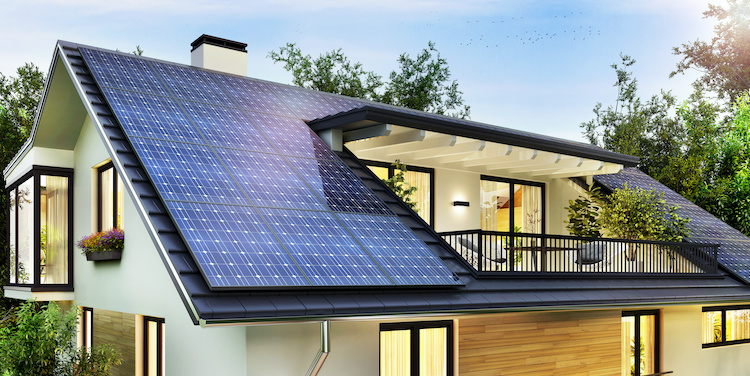
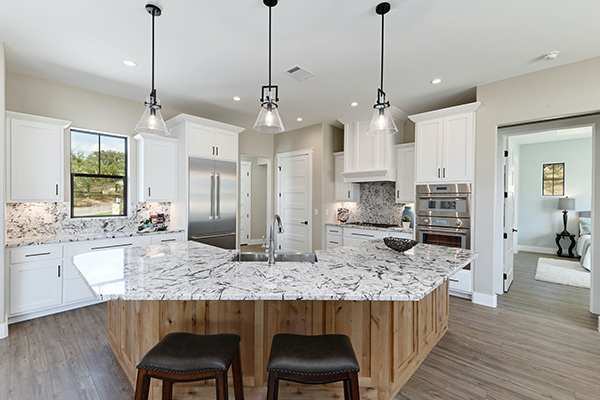

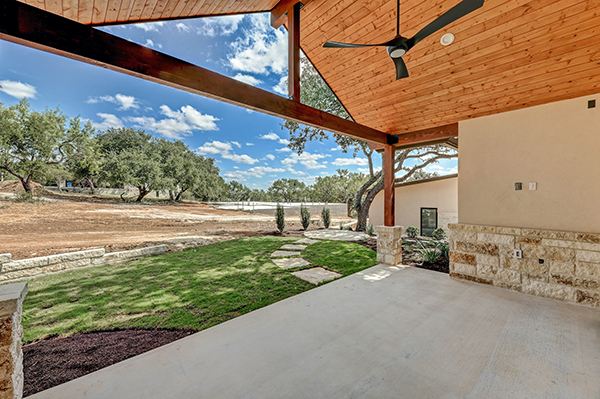

 Prepare Your Home for a Natural Disaster
Prepare Your Home for a Natural Disaster Prepare Your Home to Withstand Extended Freezes
Prepare Your Home to Withstand Extended Freezes Prepare Your Home to Withstand Fire
Prepare Your Home to Withstand Fire